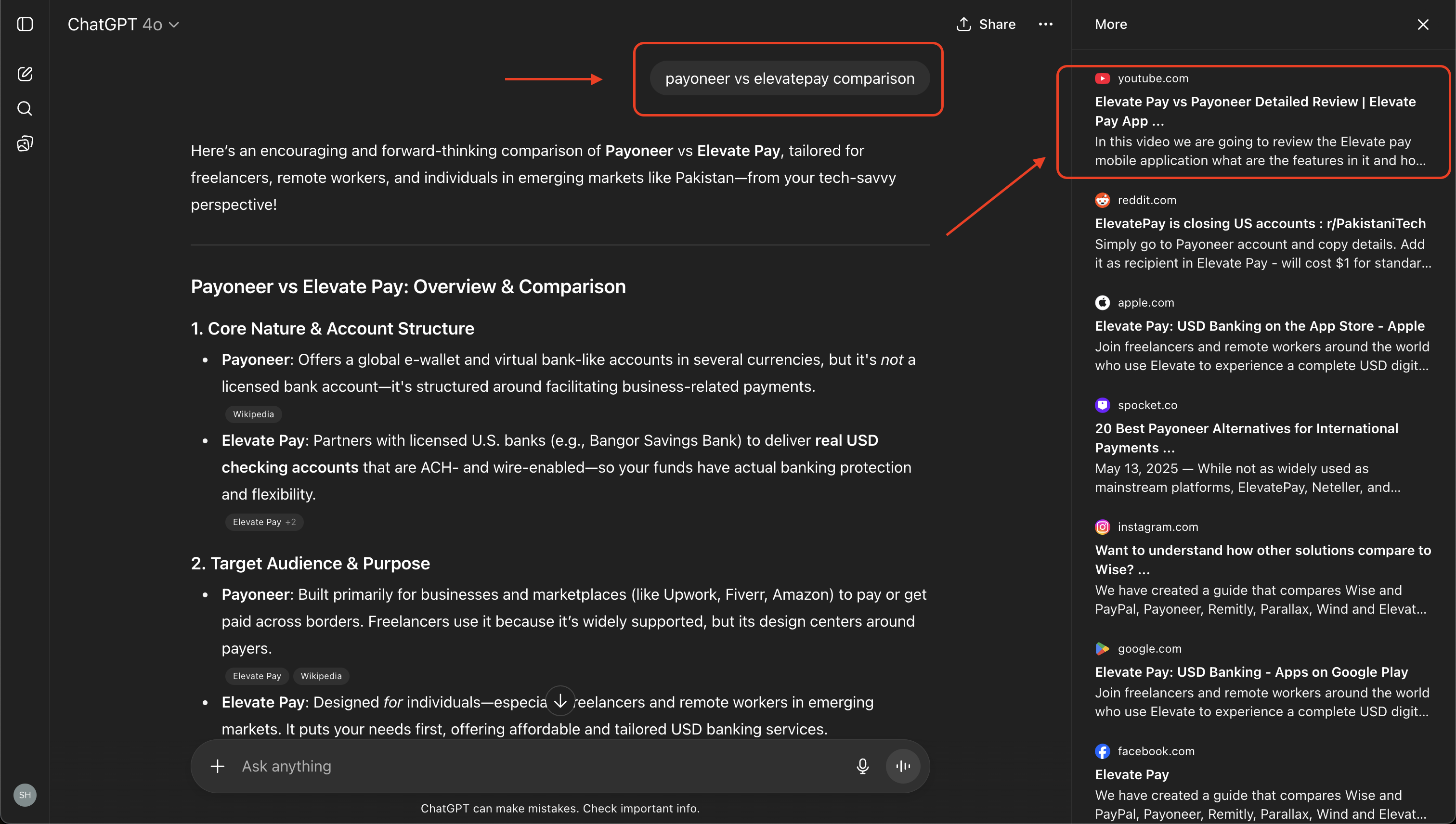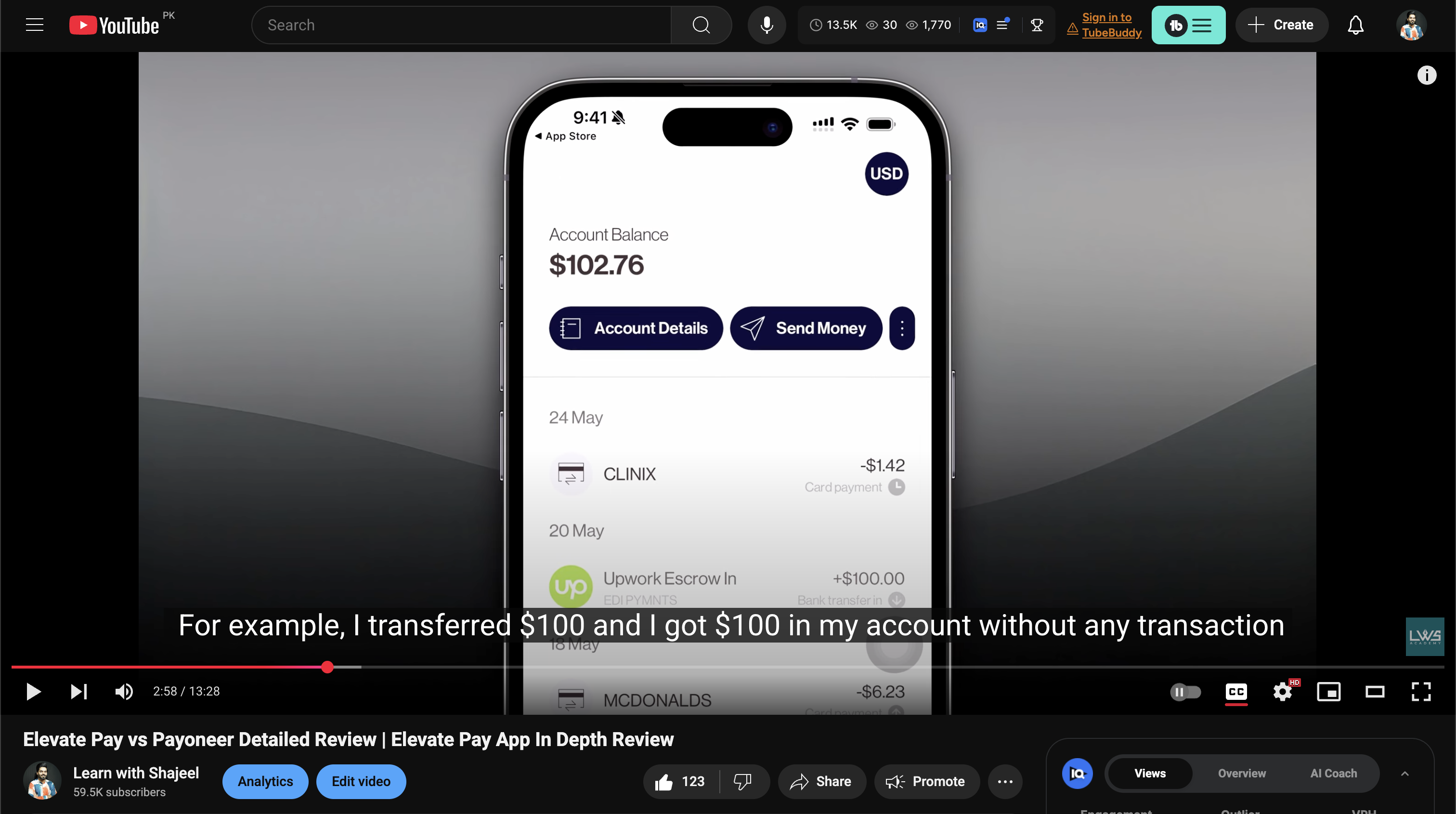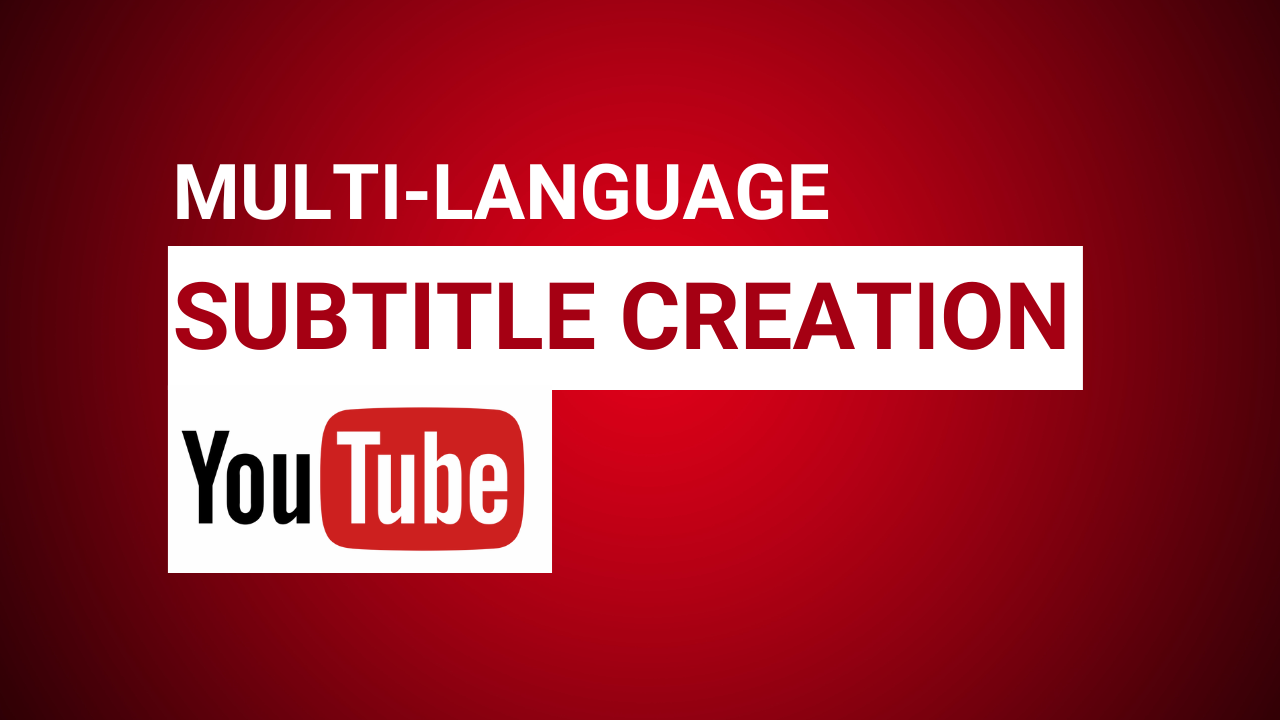
YouTube Transcriptions: SEO, Accessibility, and Growth
Clear, accurate transcriptions do far more than add captions—they improve discoverability, accessibility, and content ROI across your entire channel. If you’re serious about YouTube growth, treating transcripts as a first‑class asset is one of the highest‑leverage moves you can make.
What Is a YouTube Transcription?
A transcription is the full text of your video’s spoken audio—optionally with timestamps and speaker labels. When exported as caption files (like SRT or VTT), the same text powers subtitles, translations, and chaptering.
Think of transcripts as the “source of truth” for everything you want to do with your content next: captions, SEO, clips, posts, newsletters, summaries, and more.
Why Transcriptions Matter
1) Search and SEO amplification
Transcripts capture the exact language you use on camera—questions, product names, frameworks, and niche terms—which unlocks long‑tail queries you’ll never fit into a title or description alone. With full text available, Google can better understand your content, index it more accurately, and display richer snippets. They also feed modern AI assistants (like ChatGPT, Perplexity, and Gemini) with high‑quality text that’s easier to reference, summarize, and cite—expanding your reach beyond traditional search. High‑quality transcripts also make chaptering easier, which helps viewers jump straight to what they need and improves retention.
Here’s a practical example from my channel. When someone asks ChatGPT for a “Payoneer vs ElevatePay comparison,” it recommends my YouTube video and cites it as a source. This happens because the video includes accurate subtitles that clearly explain the products, fees, and use cases. The subtitles give language models clean text to index, retrieve, and quote—so your content surfaces not just in traditional search, but also in conversational answers where users increasingly start their research.


Video link: https://youtu.be/hT62wZD2Eyw
2) Accessibility and compliance
Accurate captions are essential for viewers who are deaf or hard of hearing and for anyone watching on mute. They also boost comprehension for non‑native speakers by pairing audio with on‑screen text. Investing in transcripts now helps you stay aligned with platform and regional accessibility requirements that continue to evolve.
3) Viewer engagement and satisfaction
Dense or technical topics benefit from text support. Timestamps, section headers, and clear phrasing reduce confusion and make complex material easier to follow. Many users prefer to skim before committing watch time—transcripts provide that preview and guide them to the most relevant moments.
4) Repurposing and multi‑channel distribution
One accurate transcript becomes a content engine. You can turn it into blog posts, newsletter sections, LinkedIn or X threads, show notes, and social captions without rewatching the whole video. It also speeds up clip selection for Shorts, Reels, and TikTok by letting you jump directly to quotable lines.
5) Monetization and brand safety
Time‑coded transcripts give sponsors confidence that key talking points were delivered. They reduce misheards that can lead to moderation issues or demonetization and make the context of your content explicit—improving ad suitability.
What “Good” Looks Like (Accuracy Tips)
Start with clean audio—use an external mic, keep a consistent distance, and minimize echo or background noise. Speak with natural micro‑pauses so punctuation is easier to infer. Expand acronyms at least once (for example, “LLM (large language model)”) to capture both readability and search intent. Standardize product and feature names exactly as your audience searches for them. Finally, add timestamps at paragraph or section level to make navigation and chaptering effortless. Well‑structured headings and timestamps also improve how LLMs chunk and embed your content, which leads to better retrieval and summarization in AI tools.
Common Formats (and When to Use Them)
Plain text (.txt) is perfect for research, editing, and repurposing because it’s easy to search and manipulate. SRT (.srt) is the most widely supported caption format and works seamlessly with YouTube and most players. WebVTT (.vtt) is a modern alternative that supports styling and richer metadata when you need more control.
Example SRT snippet:
1
00:00:00,000 --> 00:00:04,200
Welcome back! Today we’ll cover how to optimize your YouTube workflow with transcripts.
2
00:00:04,200 --> 00:00:07,500
We’ll look at SEO, accessibility, and repurposing best practices.Where Transcripts Impact Your YouTube Workflow
Begin by uploading accurate captions rather than relying solely on auto‑captions. Use your transcript timestamps to create chapters with clear, descriptive headings. Pull a few of the strongest lines into your video description to increase CTR and guide viewers. Turn the full transcript into show notes or a companion blog post for audiences who prefer reading. When you’re ready to expand, translate captions to reach new regions—without re‑recording a thing.
FAQs
Ready to Transform Your Workflow?
Generate fast, accurate transcripts you can trust—perfect for captions, chapters, and repurposing across platforms.
- Start here: Generate a transcript →
- Then repurpose it into posts, threads, and summaries in minutes

VidVerse Team
AI Video Tools
